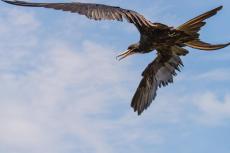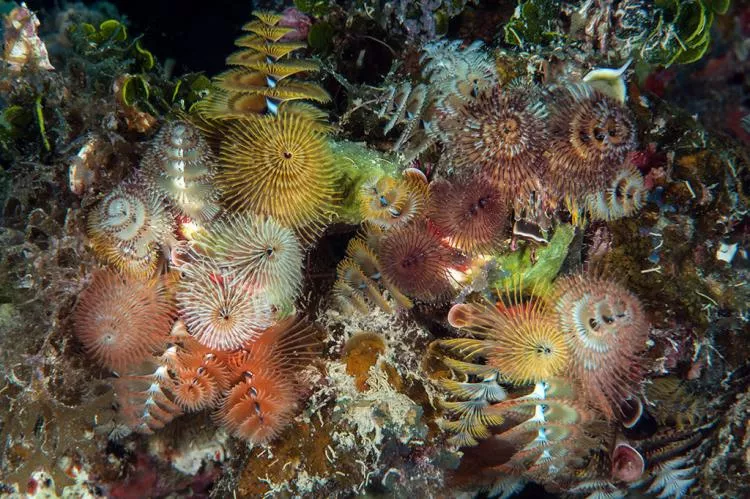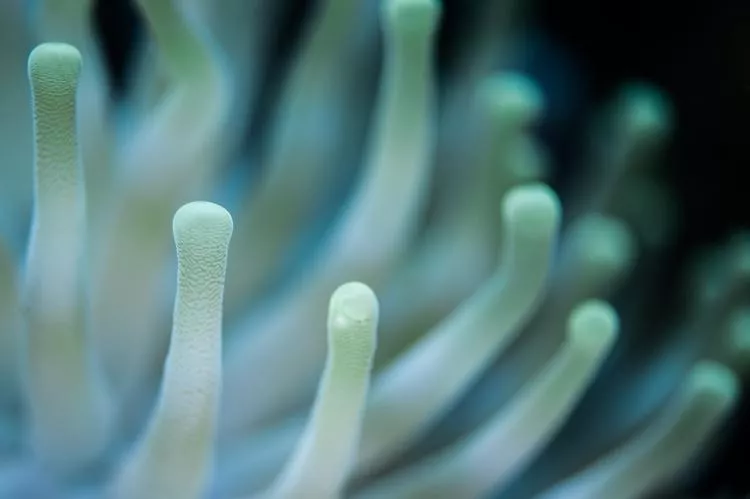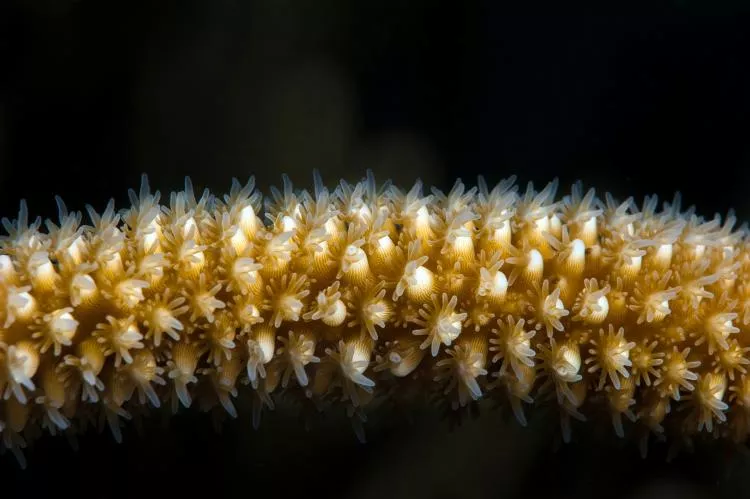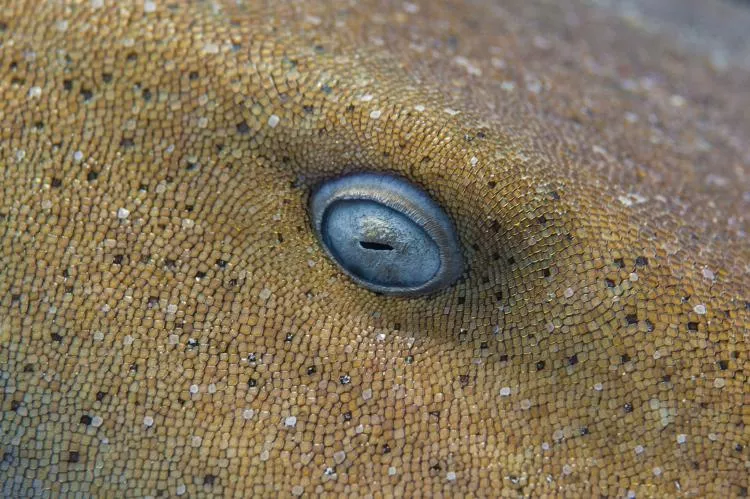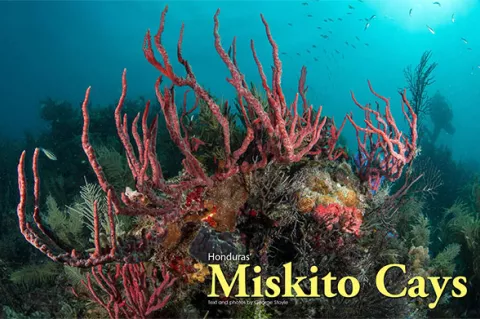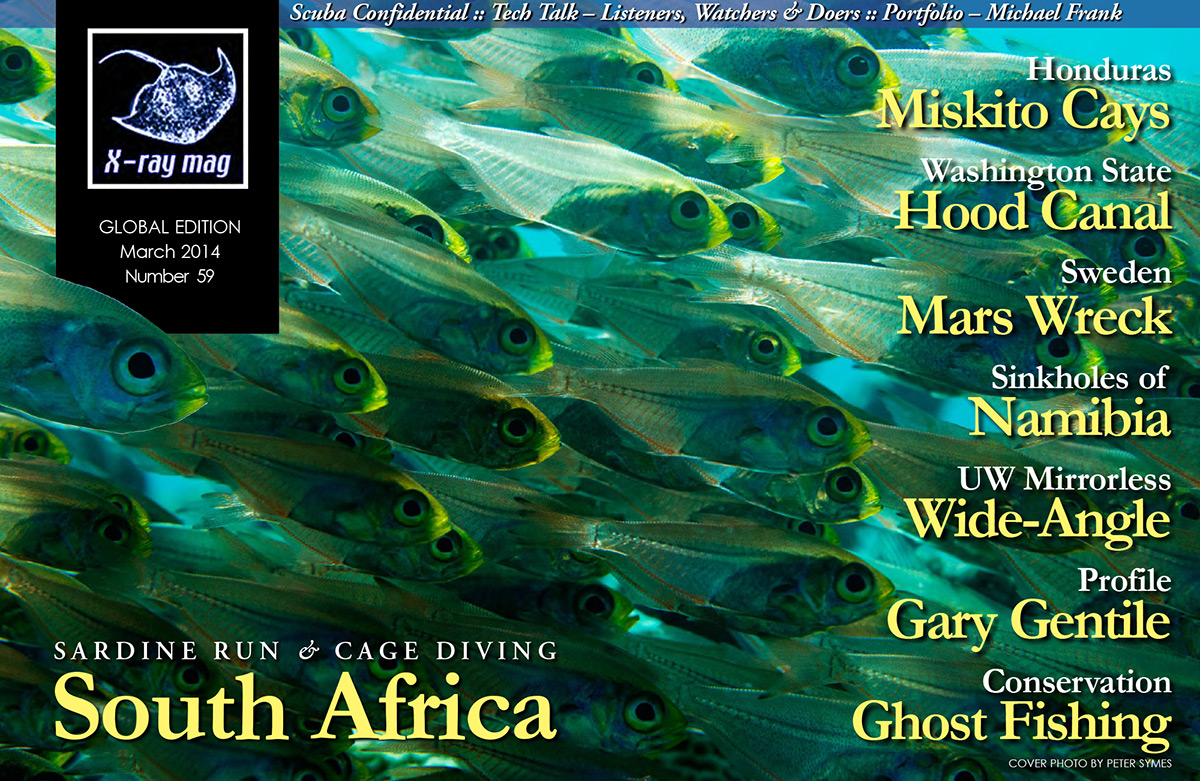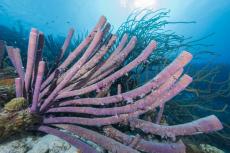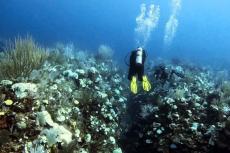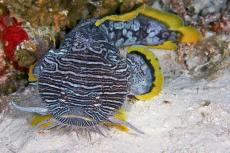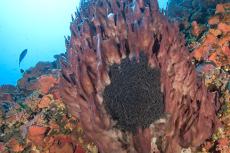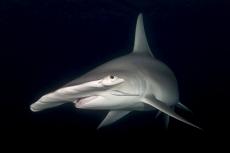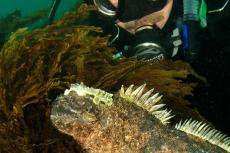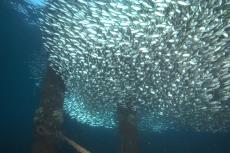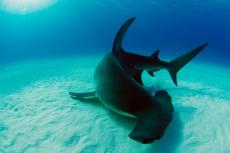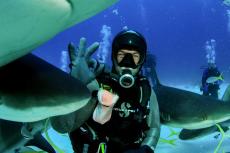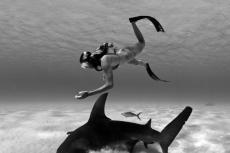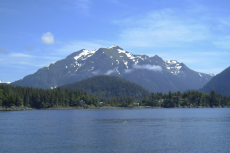Following six flights, two nights and a 30-hour boat trip, I found myself approaching a relatively uncharted group of small coral cays about 60km off the northeast coast of Honduras, not far from the Nicaraguan border.
Contributed by
Embarking on the Caribbean Pearl II from Utila, one of the Bay Islands a few miles off the north coast of Honduras, we made our way along the coast to an area unknown to the region’s tourist diving operations. As we got close to the cays, our crew grew increasingly nervous, perhaps justifiably so.
This part of Honduras has long been a major route for cocaine trafficking into the United States from South America, and the region through which we were sailing was well-known for its use by certain cartels who preferred moving their cargo by sea.
However, the apparently efficient military presence in the area (we were boarded ourselves by five soldiers armed to the teeth, carrying out a pre-arranged search) provided a vague form of comfort, and so we continued.
The archipelago
The Miskito Cays form an archipelago spanning both Honduran and Nicaraguan waters. On the Honduran side, 49 tiny coral islands and sand bars are dispersed across 750 squ km of shallow seabed. The area is named after the indigenous people of the region, the Miskitos, who inhabit communities along the coast of both countries. The region is known as the Miskito Coast, or more accurately (the name has nothing to do with the blood-sucking insects) La Mosquitia.
La Mosquitia is in some ways the wild west of Central America. The region is tropical rainforest wilderness forming the greatest continuous expanse of tropical forest north of the Amazon. Sparsely populated the area has an exceptionally high diversity of flora and fauna. It is only accessible by water or air and much of it remains unexplored.
Although tourism exists, the region only attracts a few hardy explorers each year, so there is no actual tourist infrastructure to speak of. The area’s inhabitants include four indigenous groups (the Pech, Tawaka, Garifuna and Miskito) with the majority composed of Miskito people who live on the coast. With few available livelihoods, many of the men from these remote villages work in the industrial fisheries for lobster and conch, and more recently, sea cucumbers.
Risky fisheries
For over 40 years these fisheries have continued with exceptionally poor management resulting in unsustainable exploitation not only of the marine resources, but also of the fishermen themselves.
The primary method of fishing is scuba diving, but this remains relatively primitive and dangerous, relying for the most part on basic, poorly maintained equipment with little regard for the safety of the diver. As the populations have been overfished, the remaining lobster and conch have been driven into deeper waters. Human casualties from diving associated incidents have risen as a consequence, and now there are around 120 diving accidents per fishing season with around 20 being fatal.
Industrial fishing vessels around 80ft in length are packed with 100 men. Divers, assisted by canoeists, who follow them from the surface, make multiple dives to depths of 120 feet or more. Incidents resulting from incorrect procedures or malfunctioning equipment have become common-place.
Many divers have lost their lives, and many more have permanent, debilitating injuries resulting from decompression related illness. More than 1,000 permanently disabled men are left scattered in remote communities of La Moskitia as a result of diving for these fisheries...
(...)


